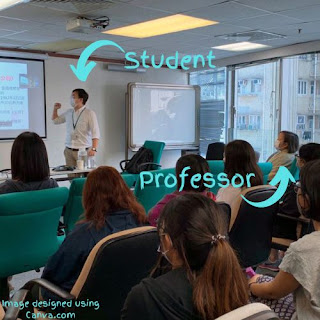The "Draw a Tree" Exercise for Creativity
No, not that draw a tree exercise. There was no Freudian analysis of the tree for insights into the unconscious.
I asked students to draw trees in class yesterday. I will admit that this felt a little strange to ask them to do, and maybe it felt strange for them to do it. I also made the mistake of withholding my reasoning from them. After the activity, I felt like it didn't go very well. But after looking at the trees they drew, I had a pile of insights. So here is a short description of why I asked students to draw trees:
At the first instruction--that is, to "draw a tree"-- students drew stereotypical trees. These are generic and cliche trees. You will note how they are almost identical, and therefore correspond little to any living tree that you might pass outside. Here are some examples:

These demonstrate very little creativity. They are safe approximations of general trees. There is no risk-taking. There is nothing unique about them. There is no originality. There is no ambiguity. You look at them and think, "Tree." Indeed, nothing is created in these examples. What we find instead are reproductions. Copies.
Of course, there were some exceptions to this: trees with fruit. Trees with branches and leaves and animals living nearby. But he majority of them were basic, generic, parallel lines with a cloud on top.
On the back, I asked students to violate some of their assumptions about what makes a tree a tree. This meant creating something new. Here are some examples:



Notice how unique! With few exceptions, these were widely divergent. Each was unique. There was a high level of detailand originality. Risks were taken. I noticed that students worked on these much longer. There was a certain level of worry associated with breaking the rules. More than one student asked, "Is it okay if I..."
I created an artificial activity to promote creative productions. I gave students conditions within which it was impossible to be generic. They were forced to:
- Be original
- Try something new
- Adopt a new perspective
- Challenge their preconceptions
- Take a risk

Is it a tree? Or is it something else? I quite like it, myself, but I can't explain why.
Notice how activities such as this one can help you practice creative thinking and creative production. It is awkward at first, but, as with all things, you can get better with practice. You will start looking for opportunities to push the boundaries, to think originally, to take risks, and to find ambiguity where everyone else is cleaving to certainty.


Nice post also check pelvic floor exerciser in Ghatkopar
ReplyDelete